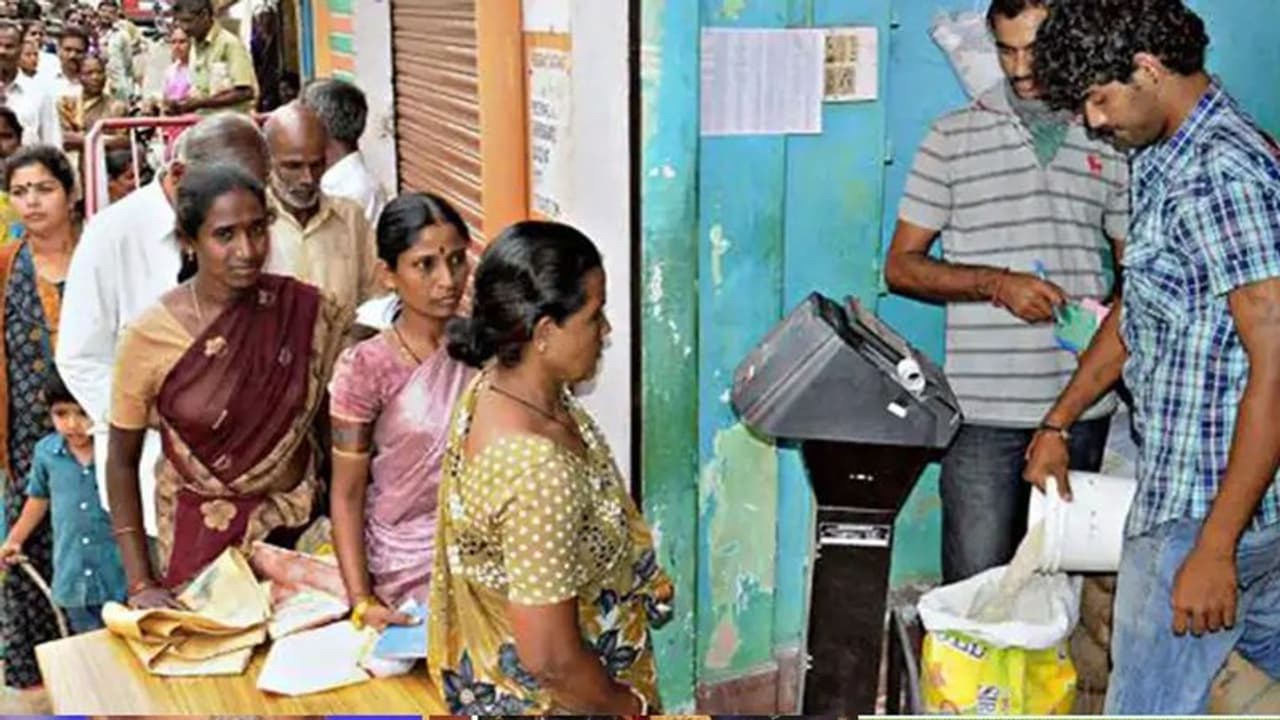Is ration rice good for health? Know its benefits and nutrients
Are you selling your ration rice and buying polished rice? You might be making a big mistake. If you knew the nutritional power of government-provided ration rice, you wouldn't sell it. In fact, you'd prefer to eat it every day. Let's explore the nutrients present in ration rice and the health benefits it offers.

Central and state governments distribute essential commodities like rice, sugar, and oil through ration cards to ensure quality food for the public. This scheme is implemented in several states, primarily to provide nutritious food to below-poverty-line families.

Ration rice is provided only to economically weaker families with annual incomes below Rs. 1.20 lakhs, those living without family support, marginalized communities, and single women.
Many ration card holders avoid cooking ration rice due to its texture and perceived quality. However, they are unaware of the rich nutrients it contains, including added vitamins and minerals by the Welfare Department.
The fortified rice provided to ration card holders is rich in nutrients like zinc, vitamin A, thiamine, riboflavin, niacin, and vitamin B6, in addition to naturally occurring nutrients. Consuming this rice can help overcome several health issues.
Selling nutrient-rich ration rice and consuming polished white rice can lead to health problems like gastric issues, indigestion, shortness of breath, and diabetes. Brokers often polish the sold ration rice and reintroduce it into the market.
Explore the latest Lifestyle News covering fashion, wellness, travel, Food and Recipes, and more. Stay updated with trending Health News, fitness tips, and expert insights to inspire your daily living. Discover personalized lifestyle trends that keep you stylish and informed. Download the Asianet News Official App for everything that adds value to your everyday life.